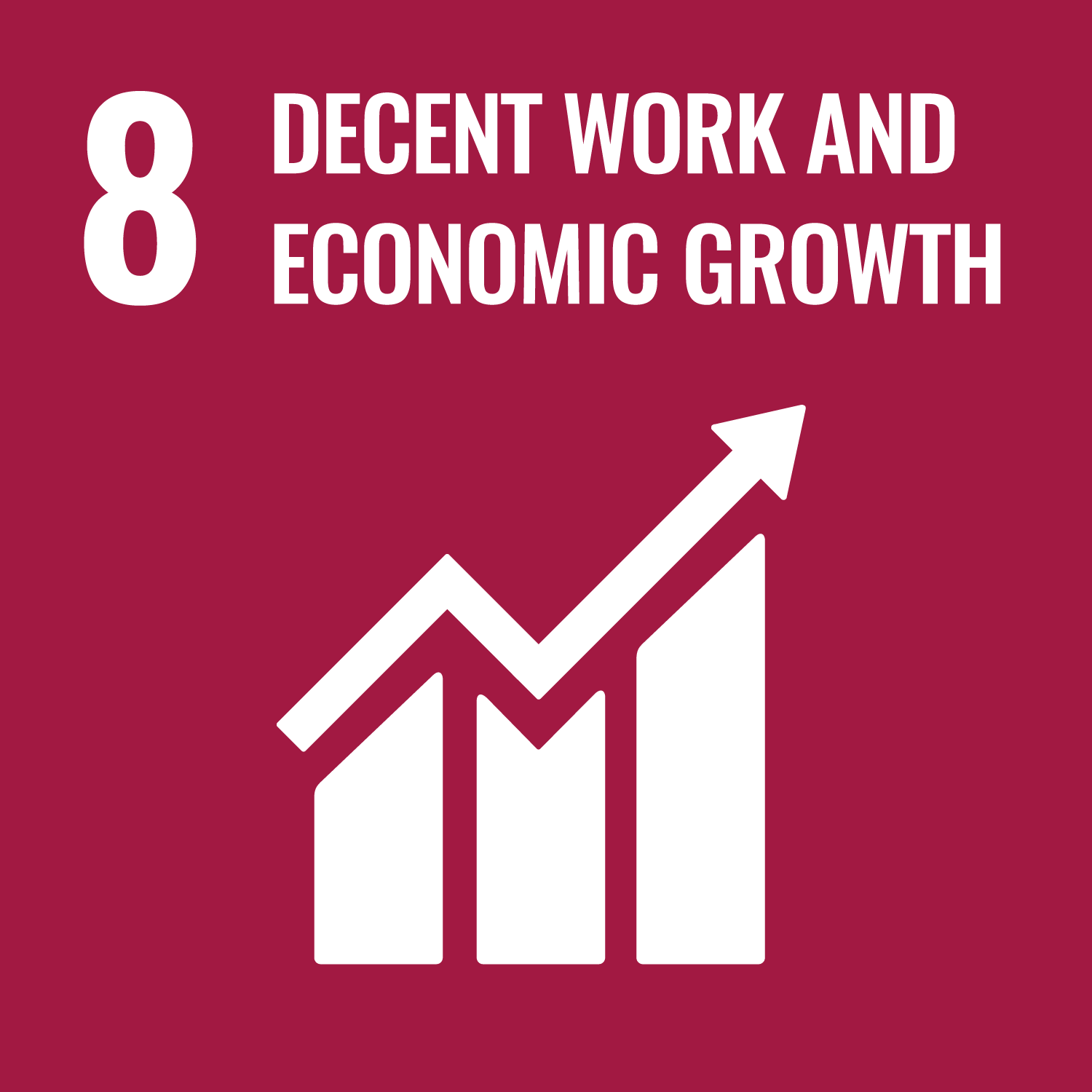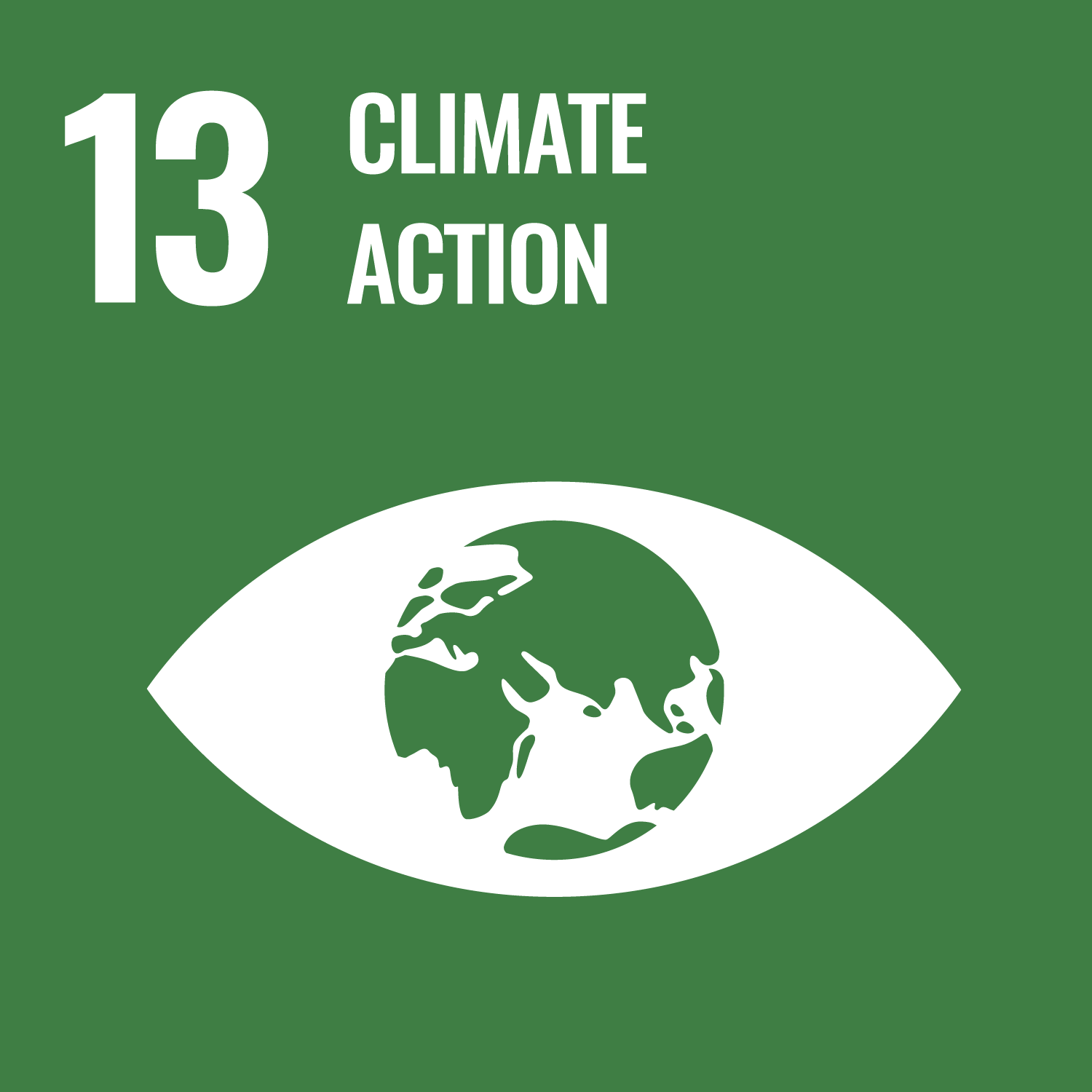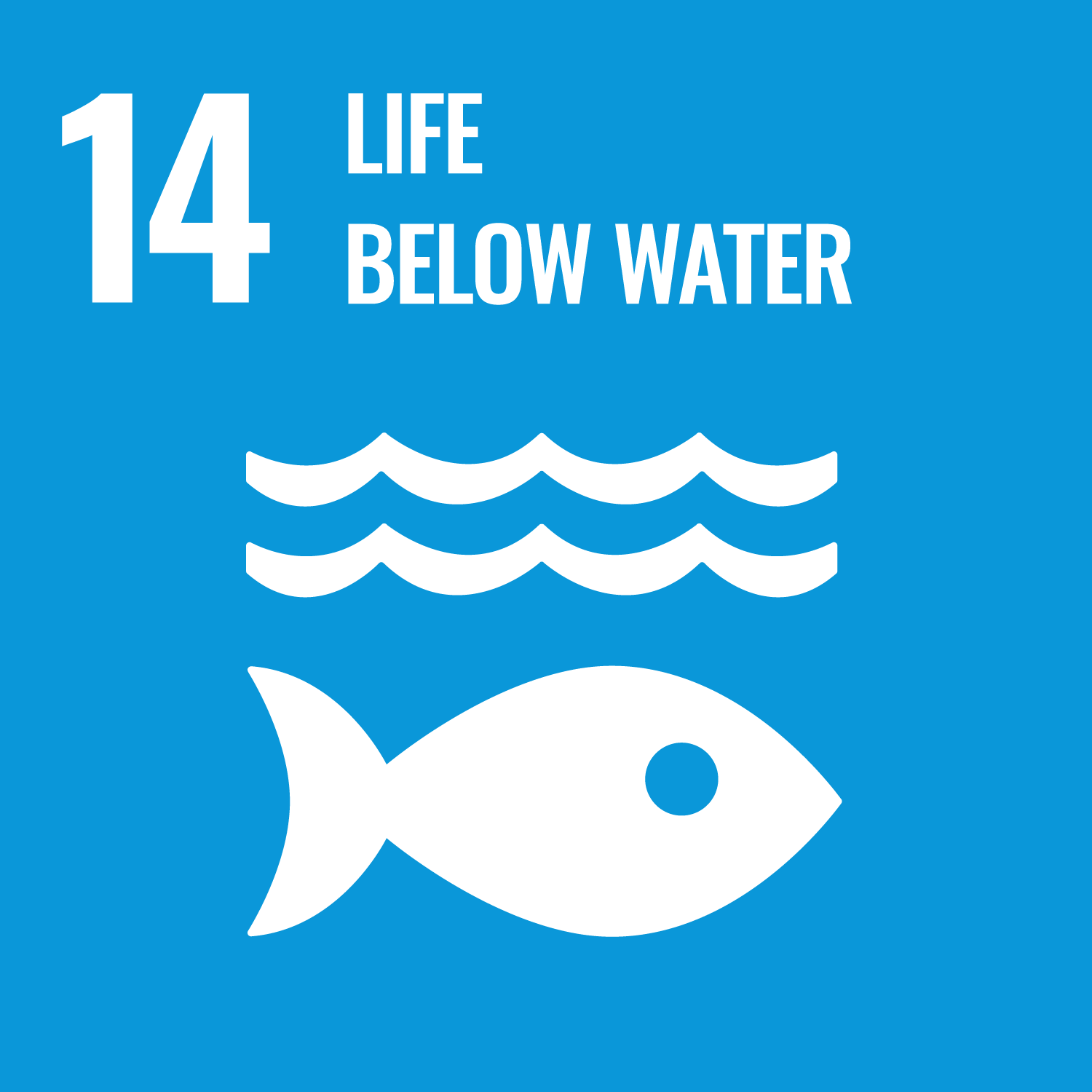Interview: iKASA (Umbrella sharing service)
- Sophia School Corporation
- Social & Local Cooperation
Currently, iKasa umbrella stands have been installed at four locations in Sophia University’s Yotsuya Campus. We spoke to Aru Aoki from Nature Innovation Group iKASA Inc. about the introduction of the service.
—Q1. To my knowledge, iKasa provides a U22 Plan through which people who are 22 or younger can use the service for free. Please tell us why you are focusing on young people in this way.

There are two main reasons. The first is the based on the university experience of Mr. Marukawa, our representative director. As he did not have much money at the time, he felt spending 500 yen on an umbrella every time it rained was too wasteful, and so he would just get wet on the way home. Plenty of people have the same trouble when it rains, so his experience has given him a strong desire to provide them with umbrellas, particularly students. The second reason is that our collaboration with MARUI GROUP has given us a real feeling of the potential of spreading the service through generation Z. We thought that getting these highly sensitive people to experience iKasa would get them familiar with sharing while they are young and foster a mindset where it is natural to share rather than buy. Based on these reasons, we established a new plan targeting students.
—Q2. What are the advantages on focusing on under-22s?
First of all, we can expect a ripple effect from getting young people, who get used to new things quickly, to use a sharing service. For example, seeing one of these young people using our service at a public place such as a station will make it easier for people of other ages to also use the service. One of our aims is to gradually grow users of the service among this younger age group, making it easier to spread the service. Young people are also social media natives. They will share information about iKasa, leading to greater awareness.
—Q3. What are the reasons for iKasa’s high adoption and return rates?
About 90% of users began using iKasa because they saw one of our stands and learned about the existence of the service. Therefore, the adoption rate is connected to whether we can put umbrella stands in places where people want an umbrella. We see the most usage at stands located at stations, so we plan to raise user numbers through stands at stations throughout Tokyo and its surrounding prefectures.
Regarding returns, users have to input payment information to register. We can track when and where a user is borrowing one of our umbrellas, so if the umbrella is not returned, a charge is made. There is no benefit to keeping one of our umbrellas, which is one of the reasons the return rate is high. For umbrellas forgotten on trains or in stores, and umbrellas handed in as lost property, we have a system in which we are notified by the police, so we can come and collect them together.
—Q4. Although iKasa does not charge additional payments or fees for breakages, it seems that very few umbrellas are returned broken. Why is that?
iKasa uses +TIC umbrellas manufactured by Ca et la Co., Ltd. These are very durable and can be repaired if broken. The lifespan of these umbrellas is about three years and if one of the ribs breaks, it can be repaired. This is not only a way to reduce waste, but also enables us to provide a service in which we do not have to charge damage fees as the useful life of the umbrellas is long.
—Q5. Please tell us the background behind winning the Ministry of the Environment’s Good Life Award.

iKasa is focused on three of the SDGs in particular. The first of these is Goal 12: Responsible Consumption and Production. We have worked to ensure that iKasa umbrellas can be repaired if broken so that they can be used for a long time. The second is Goal 14: Life Below Water. Plastic umbrellas make up a lot of the waste that is buried in landfills, so reducing plastic waste will help to make the seas more abundant. The third is Goal 13: Climate Action. Based on the Ministry of the Environment’s calculation methods, using an iKasa umbrella just once can reduce CO2 emissions by 692 grams*. Therefore, we think we can contribute to environmental conservation by increasing iKasa usage.
The Good Life Awards is a project that recognizes and raises awareness of initiatives that put the circular and ecological economy concept advocated by the Ministry of the Environment into practice. iKasa received the award due to our contribution to achieving the SDGs and the fact that iKasa helps boost economic activity in the areas in which they are available on rainy days and also aids environmentally friendly urban development.
—Q6. What action is needed to increase the number of users at Sophia University?

Yotsuya Station, the closest station to the university, does not have an iKasa stand yet. If we can establish stands at both the university and the nearest station, it will increase convenience, which we think will increase the number of users. We are also focusing on word of mouth between students. At other universities, iKasa is working with student organizations to raise awareness on campus and increase user numbers.
—Q7. What is the outlook like for iKasa?
First, we will increase the number of iKasa stands at stations in Tokyo and surrounding prefectures. We think this is the most effective way to increase users and it also makes the service more convenient, so this will be our focus. Once these stands have been established, we need to increase the number of users per stand and the number of umbrellas that are in use. For example, at a single stand, there is a big difference between whether two umbrellas are being used each time it rains or 20. In terms of sustainability, it is said that 60 to 80 million umbrellas are thrown away each year, so we will set a target of realizing zero waste from disposable umbrellas by providing rainy day infrastructure with the aim of creating a world in which it is normal to use shared umbrellas rather than disposable ones.
—Q8. What was the thinking behind the locations of the four iKasa stands currently at Sophia University? Also, tell us about the background behind the introduction of the service at the university.
(Response from the Sophia University Office of Property) We located the stands with the intention of ensuring that students will not get wet no matter which building they are in. Also, when managing lost property, it is clear that many students have lost their umbrellas, so this experience has led to the introduction of the service.
—Q9. To what degree are iKasa umbrella being used at Sophia University?
Although I cannot disclose usage figures, the frequency of use at Sophia University is high compared to other universities with the service.
One reason for this is that the stands are located in facilities of which the main users are students. In addition to this, I think another reason is that the campus is located in Tokyo. This makes it convenient for students, as they can borrow an umbrella at the university and then return it at their nearest station.
*Reference: Ministry of the Environment Methods for Calculating Units Related to the 3R Initiative



